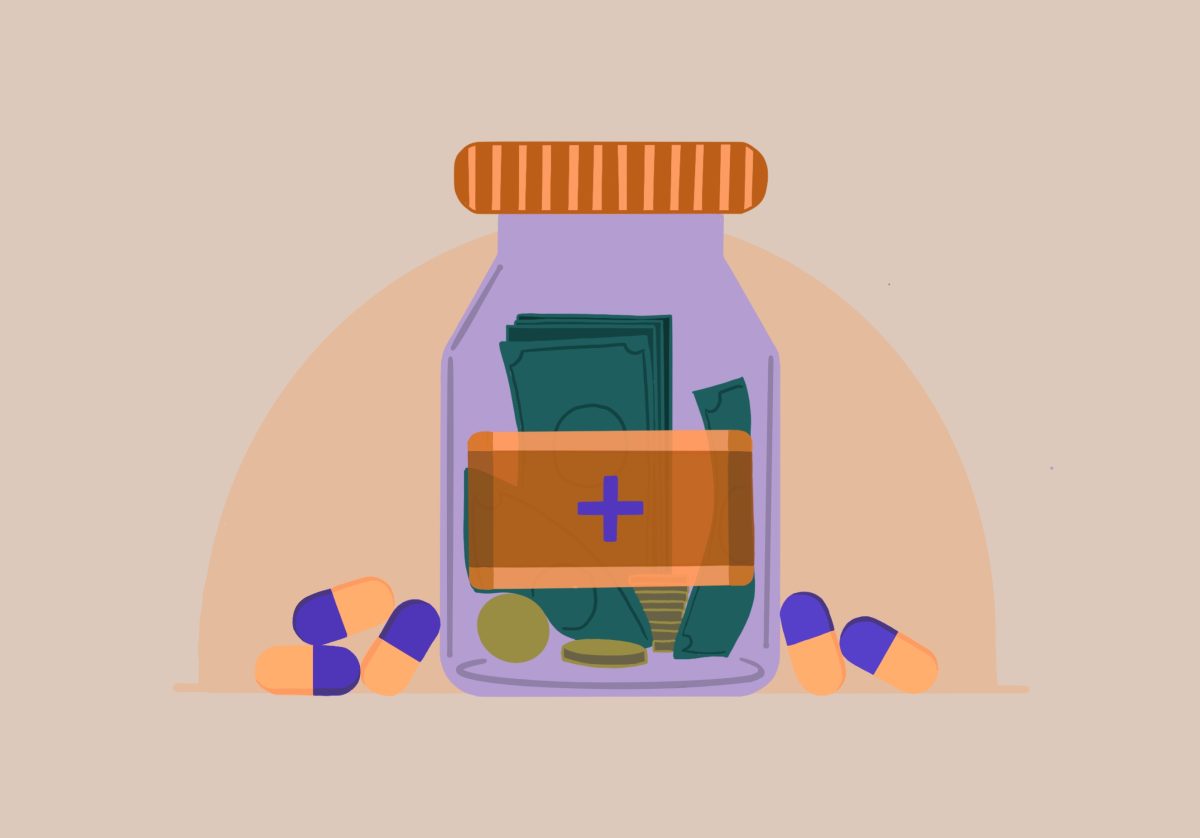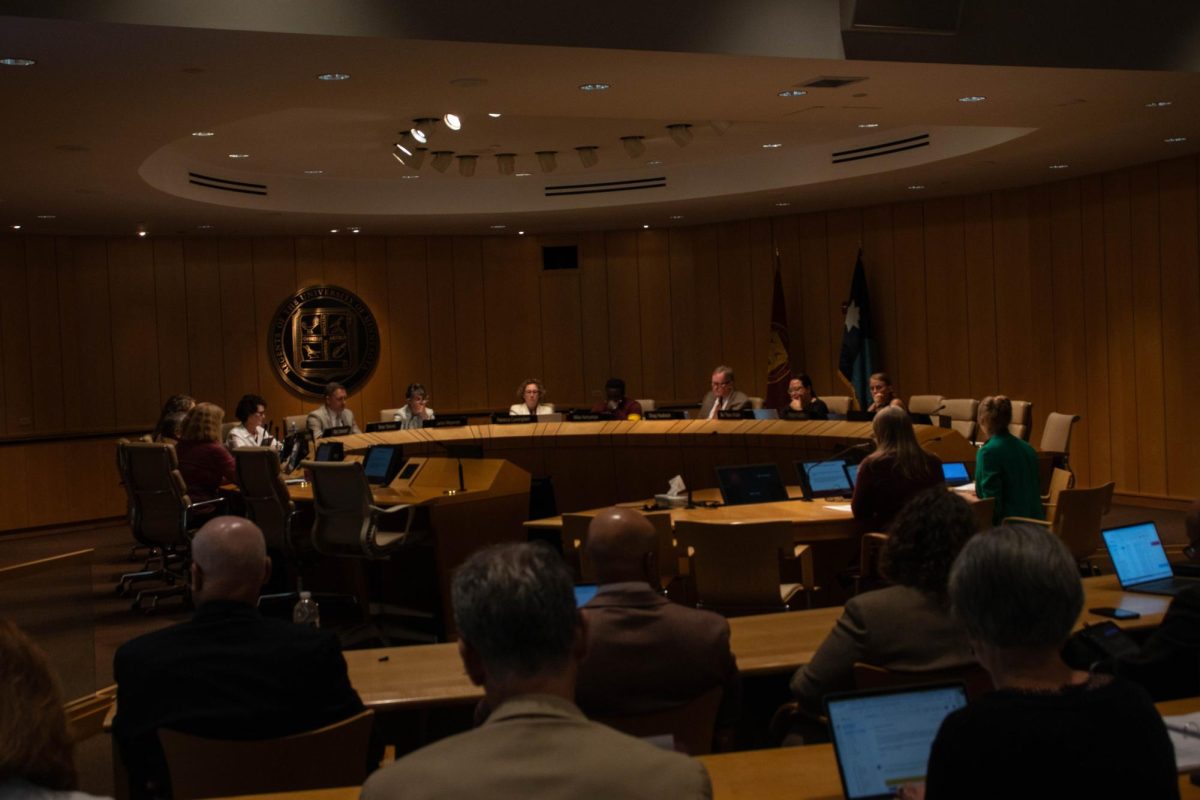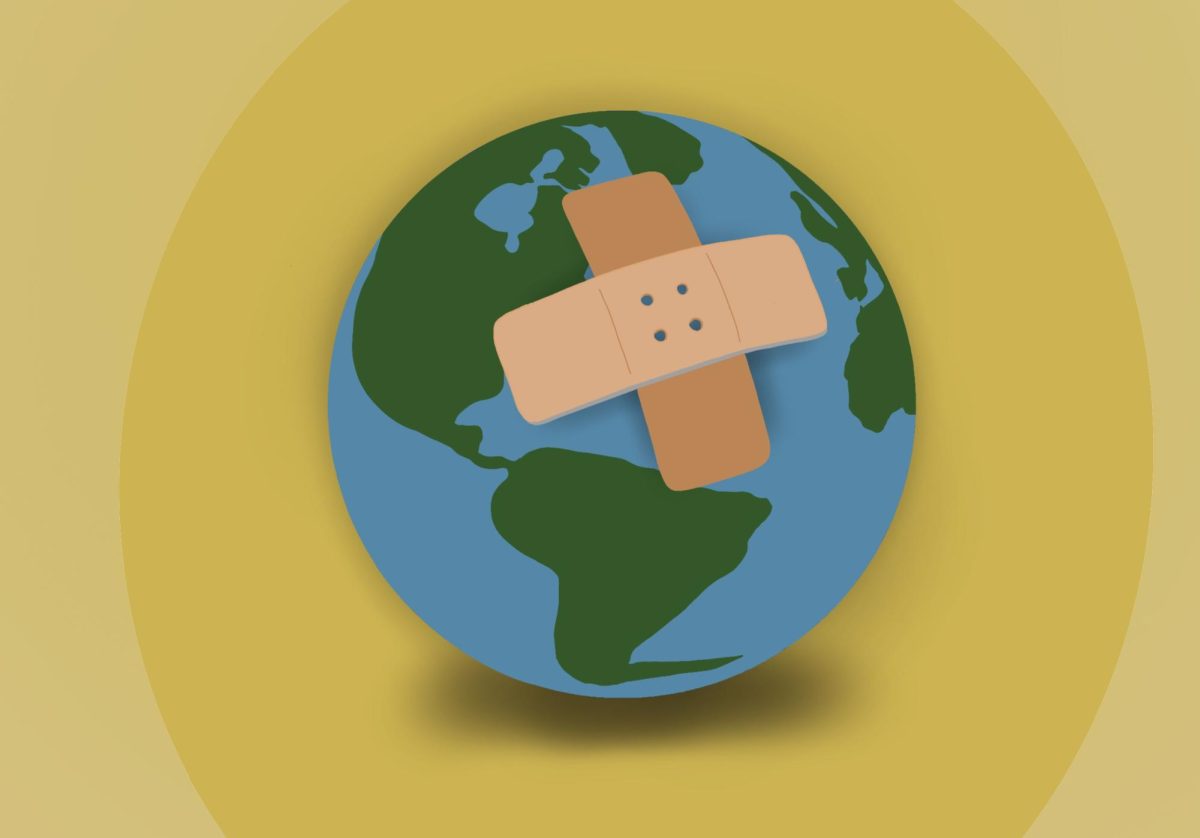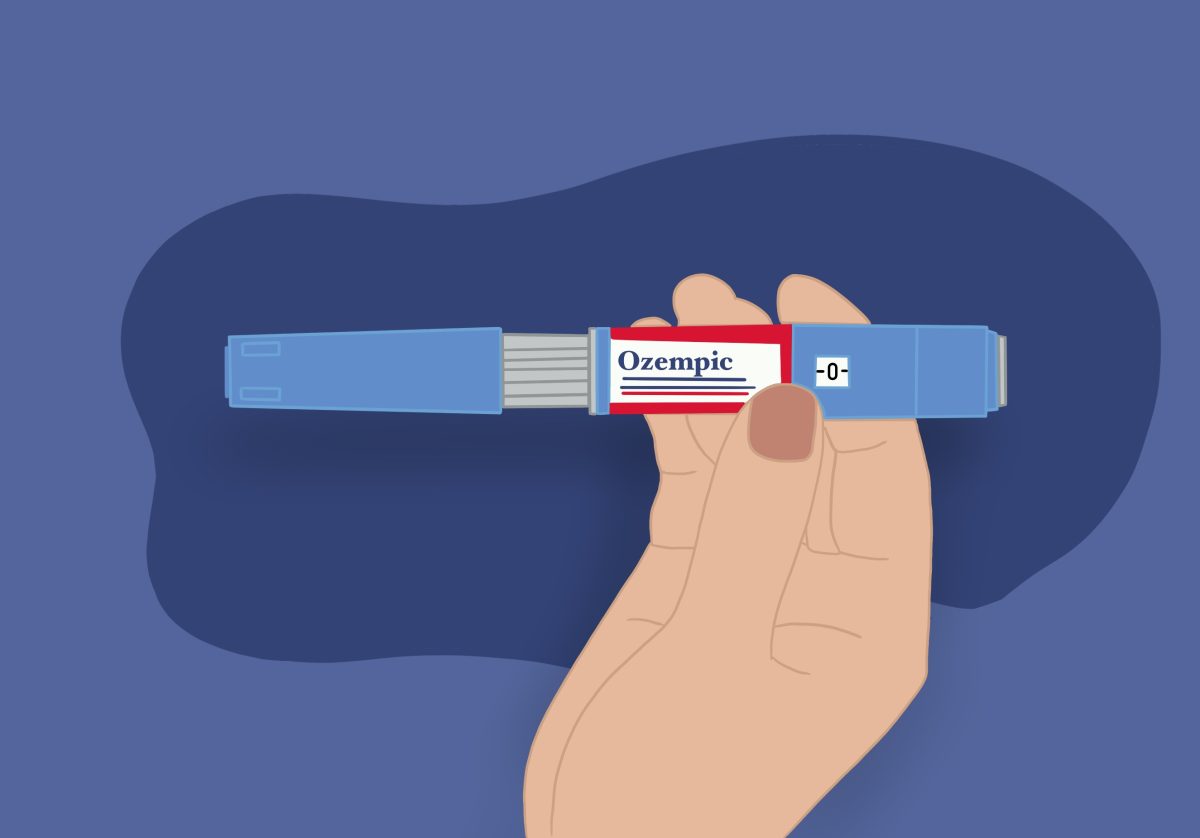University of Minnesota researchers detail the loopholes and pitfalls of drug companies’ discounted pricing program and what Minnesota entities are doing to enhance transparency.
The 340B Drug Pricing Program allows clinics to buy prescription drugs from drug companies at a discounted price.
Claire McGlave, a third-year doctoral student in the School of Public Health, said the 340B Drug Pricing Program was initially created to allow certain healthcare providers, such as clinics and hospitals, to buy prescription drugs at a discounted price.
“It just frustrates me that this is how this kind of broken backward diversion system is how we claim we fund healthcare for low-income people in the U.S.,” McGlave said.
Clinics that offer care to under- and uninsured people have to offer drugs at either a low cost or at no cost in order for their patients to have access to them, McGlave said. The 340B program helps healthcare providers to mitigate their losses.
For example, if a clinic offers a patient a month’s supply of birth control pills for free, that would normally cost around $40, McGlave said. The 340B program allows clinics to buy birth control at an average of a 35-50% discount and lessen the economic burden on those providers.
The 340B program has grown since it was founded in 1990, especially when the Health Resources and Services Administration expanded the program in 2010. The expansion increased eligibility for the program and the amount of hospitals they work with, McGlave said. The issue is big hospitals that already have large revenues and high profits also have access to these discounts and are not always passing the extra funds onto the patients.
“It would be so much more efficient to just set aside some money from either state or federal sources that would directly go to these clinics that need it rather than forcing them to jump through hoops and putting their livelihood at stake when it gets too big,” McGlave said.
Hospitals and clinics using 340B are not required to use their savings to pay for drugs their patients need, according to McGlave. The issue is the program money could be used for paycheck bonuses for their CEO or to build new clinics for aesthetic purposes.
Mary Butler, co-director of the Minnesota Evidence-based Practice Center, said she wishes programs like 340B were smaller and more centralized to prevent cases that distribute the money outside of big healthcare systems.
Documentation and oversight of where and who the money is going to, along with a focus on providing to low-income and disadvantaged populations, is key, according to Butler.
As of the last Minnesota legislative session, Minnesota-covered entities are required to report where their money from the 340B program goes, McGlave said The first report is due April 1, 2024, from all Minnesota healthcare providers covered under 340B, according to the Minnesota Department of Health.
The only other state that requires documentation and transparency of where funds are distributed is Maine, McGlave said.
Todd Sorensen, executive director for the Alliance for Integrated Medication Management, served as a 340B consultant for the federal government’s Office of Pharmacy Affairs for ten years before his role ended in 2014. He said he discontinued being a consultant because the program became “far too complex.”
Hospitals and clinics are using the 340B program at such rapid rates because the healthcare system is not producing enough revenue outside the program, Sorensen added.
“If a health care system is managing their 340B program effectively, they are probably pretty dependent on it,” Sorensen said.
In some cases, a federally qualified healthcare center (FQHC) might use 340B savings to operate a dental program, which can be a difficult service to offer without the program’s funding, Sorensen said.
Some examples of FQHCs in Minnesota include the Native American Community Clinic, Cedar Riverside People’s Center and the Northpoint Health and Wellness Center, according to a report from the Department of Health, which was last updated in September 2018.
Small community-based clinics, like safety-net providers, are where the majority of dependency and need is, Sorensen said.
Safety-net providers are hospitals and clinics that serve Medicaid patients who are either publicly insured or completely uninsured with no coverage, McGlave said. They receive government funding but can still use the 340B program.
“If we could get these [drug] manufacturers to continue participation for those safety net clinics, the 340B program will be used to serve more patients and go further,” McGlave said. “It is scary that some clinics are closing because they don’t have access to these discounts, leaving many low-income people with no healthcare at all.”
McGlave added the existence of the program is under attack from drug companies that try to sell their drugs at full price.
“The way we fund healthcare in the United States is so dysfunctional,” McGlave said. “This program is a perfect example of a completely inefficient system that diverts money from people’s pockets into corporations when it is intended for helping people who are low-income.”
























Joe Odom
Apr 24, 2024 at 7:43 pm
Totally agree with comments. Hospitals are the abusers of 340B program. Our clinic used savings to treat non-insured patients. Over 40% are uninsured and receive care for $20 or less dependent on income. Medications like Insulin and Brand Name diabetic medications are sold to patients for $4 for a months supply. Our clinics give theses patients a way to improve their health. Only program by govt. that actually works. Big Pharma spreads these lies.
alexis
Feb 1, 2024 at 11:32 am
The 340B program, when used correctly, is very effective in stretching resources to help underserved patient populations. The example of funding CEO compensation is not at all typical and that notion is essentially pharma propaganda meant to distract from the true nature of 340B. Don’t fall for what Big Pharma puts out there. They care about their own pockets!